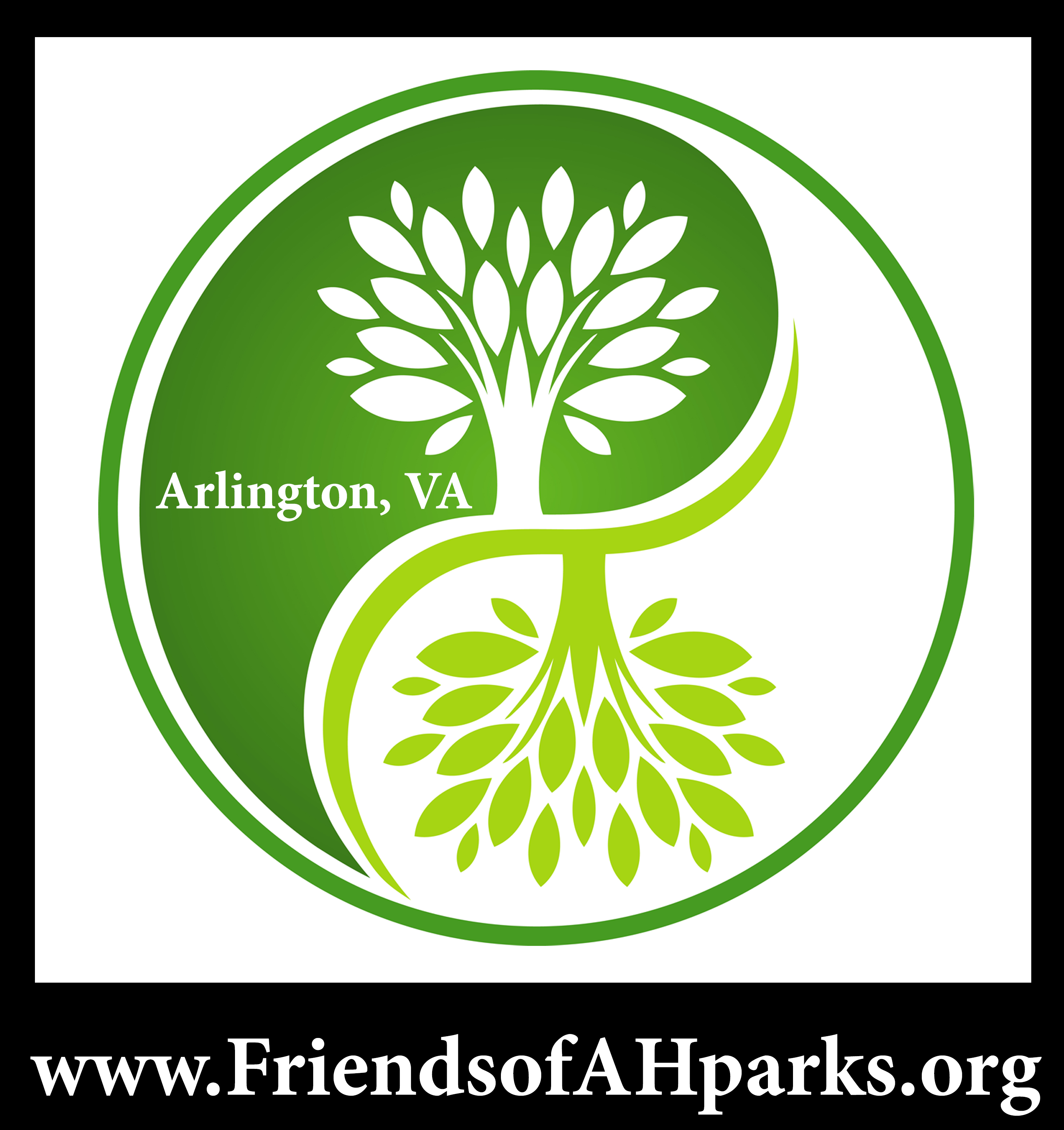Subject: Sports Commission Perspective on Draft POPS Plan
Greetings Board Members,
In advance of today’s working session on the draft POPS plan, I’d like to provide the following perspectives from the Sports Commission.
Overall Support for Draft Plan
The Commission has been involved in the POPS process from is inception. We have been official members of the Advisory Committee, have attended many public meetings, and have provided input to DPR in other ways as well. On balance, the draft plan is a strong document based on sound objective and subjective data collection, analysis, and criteria. On balance, it is a valid representation of the community’s voice for a path forward. It is responsive to the Board’s direction and reflects many months of hard work by staff, as well as many hours invested by the community. We are, therefore, troubled by recent attempts to question DPR’s integrity and undermine the objective methodologies built into the document. While many individual groups may find something to quibble about in the document — and the SC some concerns as well — on balance, we believe the document is solid.
Sports Commission Comments on Certain Aspects of the Draft Plan
The Commission has comments on certain aspects of the draft plan that should be taken into consideration as we think about the objective of long-term planning for our public spaces.
- Responses to the statistically valid survey do not reflect the overall Arlington population. Specifically, the responses were heavily weighted toward an older generation, those aged 55 and over. As a result, the preferences expressed in the document may also be heavily weighted toward the desires of this generation. We expressed this to DPR early in the process. DPR responded that it would engage in comprehensive outreach to underrepresented parts of the community to hear their views. Thus, the survey alone is not fully representative of the entirety of public input that DPR received. In subsequent years, every effort should be made to ensure that the survey responses are proportionally representative of Arlington’s population.
- Arlington is a very active community and our community’s participation in sports activity is not necessarily consistent with nationwide trends. The benchmarking exercise is useful for context and general direction, but the plan must take into account the actual user experience in our community. In that regard, the Commission hears often from users of rectangular and diamond fields as well as tennis courts and other sports groups that there is not enough space in Arlington for them to carry out their activities. In June 2017, we requested that the Advisory Committee increase the level of service for diamond and rectangular fields (i.e., change the standard to provide more fields than were envisioned in the draft at that time). This was based on our understanding of the recent and future anticipated increase in the overall youth population in Arlington, the growth in youth sports participations overall, the greater appetite in Arlington for baseball than exists nationwide, and the recent tremendous growth among non-soccer sport groups that use rectangular fields.
- In June 2017, we recommended to the Advisory Committee that the draft report should include criteria to help with future lighting decisions. On balance, the Sports Commission supports the creation of criteria to help decide when to convert grass fields to synthetic turf and when to light fields. The Commission also supports the de-coupling of lights and synthetic turf. However, we are concerned that the various criteria that are being proposed could be overly restrictive and make it incredibly difficult to actually identify candidate locations. We are particularly concerned that the application of lighting criteria could result in further concentration of lit fields in the more urban corridors of Arlington. (We recognize there is a strong desire to keep lighted fields out of northern Arlington.) Our Commission feels strongly that the community is better-served by an equitable geographic distribution of synthetic and lit fields to minimize evening traffic and help families better manage their lives.
- Our Commission strongly supports the use of mitigation measures as laid out in the draft plan. We believe these are important tools that County has at its disposal to help balance between the need for athletic fields and neighborhood interests. However, we would emphasize that in order for these tools to work, both sides need to participate. Mitigation tools cannot be rejected out of hand as a way to block unpopular decisions.
- The Commission agrees that the community needs a more clear definition of casual use space and that our total inventory of casual use space should be measured. However, we caution that the definition should be comprehensive, not needlessly restrictive, and that access standards should be developed similar to those that are applied to courts and fields. We understand that community members would ideally like to have grassy lawns within walking distance of their residence. Sports users would like walkable access to courts and fields too, but our County is just not built that way.
- The Commission strongly supports the continued exploration and siting of at least one, preferably two, multi-use athletic centers. Such centers could have the added benefit of creating athletic space that does NOT impinge on green, casual use spaces.
I hope this input is helpful as you consider the draft plan and the range of community input that you have heard.
Shirley Brothwell on behalf of the Sports Commission
